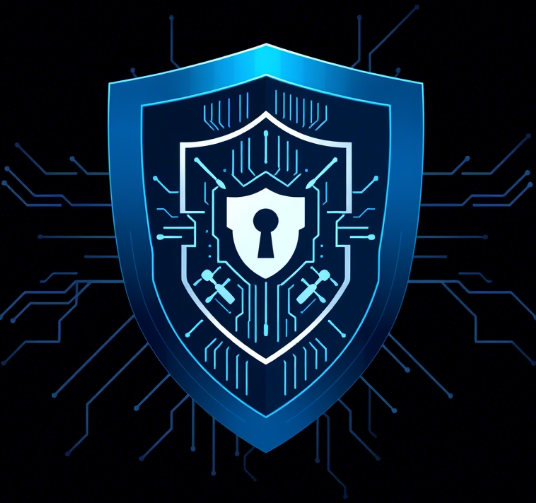Your cart is currently empty!
Basic – Access – IP Network – Services – Security – Automation
Network access refers to the process of connecting a device or system to a computer network, allowing it to communicate and exchange data with other devices on the network. It involves the use of various hardware and software components, protocols, and security measures to establish a secure and reliable connection. Network access can be divided into two main categories:
Wired | Wireless
Wired Network Access:
Wired network access typically involves the use of physical cables to connect devices to the network infrastructure. Common wired network access technologies include:
Ethernet: Ethernet is the most widely used wired network access technology. It uses twisted pair copper or fiber optic cables to transmit data between devices. Ethernet networks employ various standards such as 10BASE-T, 100BASE-TX, and Gigabit Ethernet, offering different data transfer rates.
Power over Ethernet (PoE): PoE allows both power and data to be transmitted over Ethernet cables. It eliminates the need for separate power cables, making it convenient for devices such as IP cameras, wireless access points, and VoIP phones.
Fiber Optics: Fiber optic cables use light signals to transmit data over long distances at high speeds. They offer higher bandwidth and are resistant to electromagnetic interference, making them suitable for high-performance network applications.
Coaxial Cable: Coaxial cables are commonly used for cable television (CATV) and broadband internet access. They consist of a central conductor surrounded by insulating and shielding layers, providing reliable data transmission.
Wireless Network Access Wireless network access allows devices to connect to a network without the need for physical cables. It relies on wireless signals to transmit and receive data. Some key wireless network access technologies include: Wi-Fi: Wi-Fi (Wireless Fidelity) is a popular wireless network access technology based on IEEE 802.11 standards. It enables devices to connect to a network within a specific range, typically a few hundred feet. Wi-Fi networks are commonly found in homes, offices, public spaces, and other environments. Bluetooth: Bluetooth technology is primarily used for short-range wireless communication between devices. It is commonly used for connecting peripherals like keyboards, mice, speakers, and smartphones to a computer. Cellular Networks: Cellular networks, such as 3G, 4G, and 5G, provide wireless network access for mobile devices. They use cellular towers to establish connections over large geographic areas, enabling devices to access the internet and make phone calls. Satellite Networks: Satellite networks provide wireless network access in areas where wired or terrestrial wireless infrastructure is unavailable. They use satellites in space to transmit and receive data, offering coverage over vast regions, including remote and rural areas.
Network Access Control (NAC) is an important aspect of network access. It involves the implementation of security measures to ensure that only authorized devices and users can access the network. NAC solutions typically include authentication mechanisms, such as username and password, digital certificates, or biometrics, to verify the identity of devices and users. Additionally, NAC may enforce security policies, such as firewall rules, access permissions, and encryption standards, to protect the network from unauthorized access, data breaches, and other security threats. Network access encompasses the technologies and protocols used to connect devices to computer networks, both wired and wireless. It plays a crucial role in enabling communication, data exchange, and internet connectivity, while also addressing security concerns to maintain the integrity and confidentiality of network resources.
Awareness of cyber risks refers to the understanding and recognition of potential threats and vulnerabilities that individuals may encounter in the digital realm. It involves being informed about the various
Cybersecurity education for individuals is essential in today’s digital landscape to equip them with the knowledge and skills necessary to protect themselves from cyber threats. With the increasing reliance on
There are several open-source network-based Intrusion Detection System (IDS) and Intrusion Prevention System (IPS) options available. These tools offer various features and capabilities, allowing you to monitor network traffic, detect
Simple Mail Transfer Protocol (SMTP) is an Internet standard for email transmission. It is a protocol used to send and receive email messages between mail servers and is widely used
File Transfer Protocol (FTP) is a standard network protocol used for transferring files between a client and a server over a computer network, typically the Internet. It was initially defined
Hypertext Transfer Protocol (HTTP) is an application-layer protocol used for transmitting hypermedia documents, such as HTML files, over the World Wide Web. It is the foundation of any data exchange
The Internet Control Message Protocol (ICMP) is an essential network-layer protocol within the Internet Protocol Suite. It plays a crucial role in facilitating communication and exchanging error messages between network
The User Datagram Protocol (UDP) is a connectionless transport layer protocol used in computer networks. It provides a simple, minimalistic, and lightweight method of delivering data between devices on a
Transmission Control Protocol (TCP) is a core protocol of the Internet protocol suite that provides reliable, connection-oriented communication between devices over IP networks. It ensures that data packets are delivered
Internet Protocol (IP) is a fundamental protocol of the Internet that provides a set of rules for sending and receiving data packets between devices connected to a network. It is
